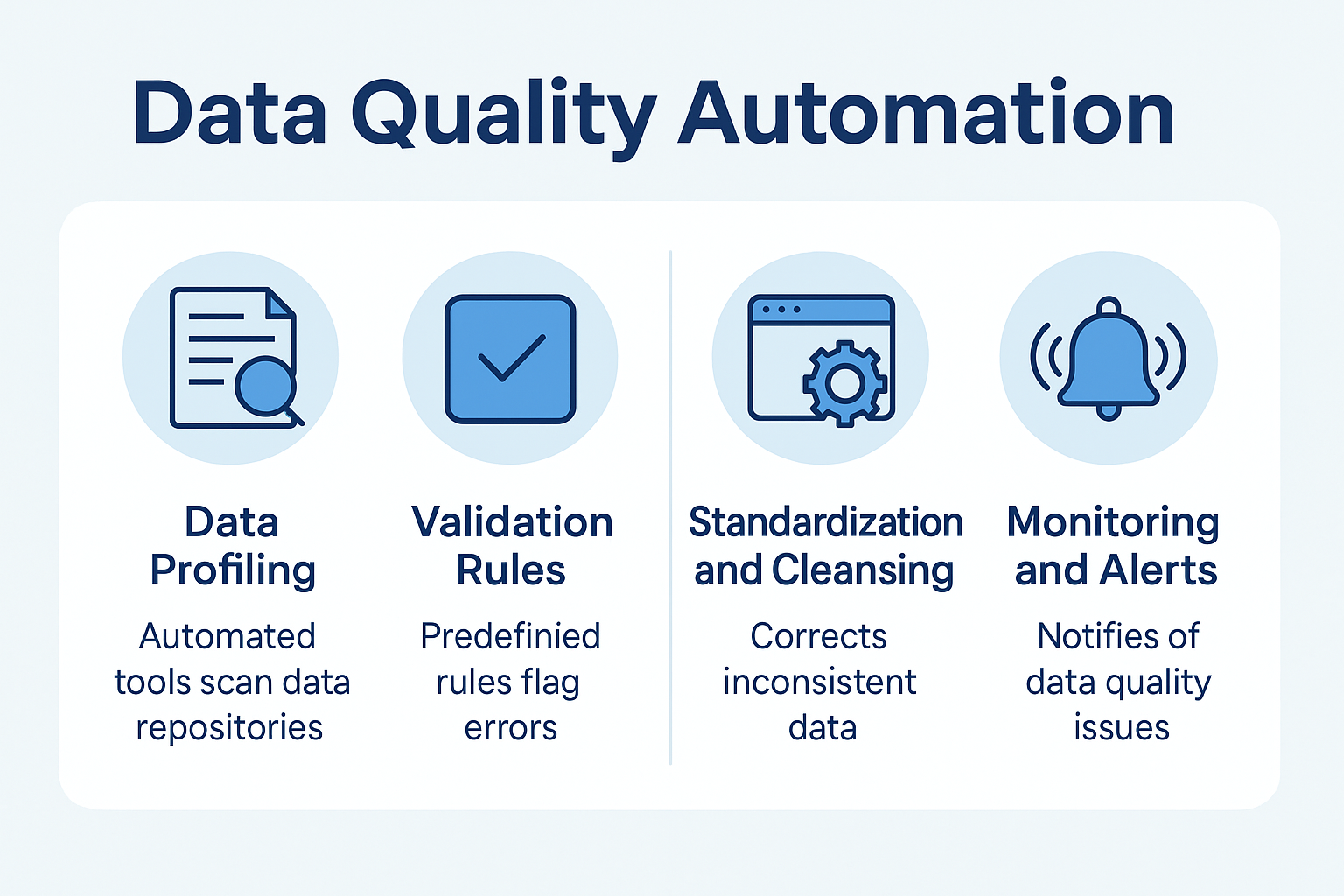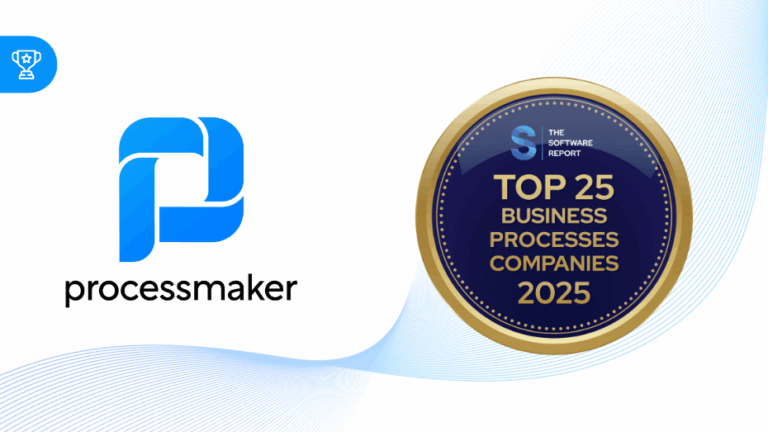A wellness program isn’t built overnight. It can take months of planning to launch a sustainable program that impacts participant health and institutional ROI.
In anticipation of in-person classes returning in the not-too-distant future, many HR departments at universities and college campuses are doing exactly that. According to Mckinsey & Company, organizations that invest in workplace wellness programs demonstrate tangible performance gains in as little as 6–12 months.
As higher education takes cues from these organizations, it’s safe to assume that wellness programs in university and college settings will yield similar results. For any college looking to decrease absenteeism and improve productivity, wellness programs are a long term but proven investment.
How to design a wellness program for college students:
Get Executive Buy-In
Without top-down support from the school’s leadership team, it will be challenging—if not impossible—for wellness to become a university-wide priority.
This raises the stakes for college staff looking to launch wellness programs at their own school. If you’re going to earn executive support, your best bet is coming to the table prepared. This doesn’t mean spelling everything out in exacting detail, but your proposal should account for key implementation questions that senior management will likely have ideas about how to answer.
Common items to address in a wellness program before pitching to campus executives:
- Why wellness? Explain the need for proactive and engaging wellness initiatives in a post-pandemic college environment. Bolster your argument with supporting research about the link between employee health and productivity—then relate this meaningfully to college students.
- What is the goal of the wellness program? Crafting a simple mission statement will help center discussions on improving student health. Example: “The [SCHOOL NAME]’s wellness program helps students improve health behaviors and works to make the university culture more supportive of good health practices.”
- What steps can we take to achieve our wellness goals? Spell out how the wellness program will achieve its goals. This will differ somewhat depending on your school’s resources, but it could look something like this: “The program will provide students with the awareness, education, motivation, tools, strategies, supportive policies, and social support needed to adopt and maintain healthy behaviors.”
- Who/what needs to be involved to make it work? While it’s possible for one person to oversee and own the program, implementation is a team job. Make it clear in your proposal that successful wellness programs require multiple stakeholders to get off the ground.
- How long will it take? Being realistic about your implementation timeline can help to align expectations from the beginning. Set specific, measurable goals with deadlines for each phase of the rollout—even if you’re not sure how long things will take.
- What do we need in a wellness coordinator? Getting senior management to envision someone at the helm of the program will also help it seem less abstract. As the person responsible for program development, communication and marketing, and program delivery, whoever heads wellness initiatives must be as comfortable with wrangling and analyzing data as they are connecting with stakeholders—from students to campus executives.
Gaining leadership’s support for wellness initiatives is crucial to their staying power. Prepare thoroughly before making your pitch.
Hire or appoint dedicated wellness program staff
Beyond executive support, wellness programs also need dedicated professionals to thrive. For multi-campus schools especially, having wellness staff at each campus helps colleges ensure they carry out initiatives that benefit the entire student body regardless of location.
But even with the best of intentions, budgetary constraints can get in the way of producing a campus-wide culture of wellness.
Scaling student wellness programs:
- Student internships: Paid student internships and recruiting from college work-study programs are a good budget-conscious option. They allow students to have peer wellness champions on campus that may inspire compliance to the program. The downside of additional training and lack of experience will need to be considered and allocated for.
- Full-time employee: Hiring a full-time employee to oversee wellness activities instead of delegating to HR will go a long way in lending stability to the role. Large campuses or universities will benefit more from hiring several wellness roles.
- Shared-services: Another option is hiring several full-time wellness coordinators that serve several regions. With each coordinator assigned to multiple college campuses, these coordinators can work together to coordinate initiatives and advocacy throughout the entire university.
Whether an institution hires full-time staff or employs interns, having one wellness coordinator to start is a significant step in shifting the culture toward wellness.
Design wellness interventions
Designing wellness interventions is the “how” component of any wellness program. To define how the program will support student wellness, colleges must connect the program’s mission and goals to actionable, real-world tasks and behaviors.
As a recipient of the Koop Award for the nation’s best wellness program, the Boise School District uses a combination of interventions to drive better lifestyle choices for its employees.
A similar approach will work with student populations. Here are a few of Boise School District’s proven wellness interventions:
- Personal health assessment (PHA): Before participating in the program, employees submitted a self-reported PHA that included electronic feedback.
- Biometric screening: Each year, the district asked employees to complete a biometric screening, whether onsite or with a primary care provider.
- Disease management: Employees who reported having select diseases (diabetes, cardiovascular disease, or asthma) could participate in specific disease management challenges designed to help them adhere to care recommendations and adopt and maintain health-promoting behaviors.
- Wearable devices: With the use of third-party software, the district can automatically capture and sync employee’s wearable devices and display activity data in a personalized dashboard.
- Culture change strategies: To create a healthy culture, the district used Well Step’s Checklist to Change. This free culture audit tool helps organizations assess and adopt health-promoting policies and environments.
The district also uses behavior-change campaigns to successfully drive wellness. Some of its behavior-change campaigns include:
- The Culprit and The Cure: Education and engagement about health that includes goal setting around changing behaviors.
- Move It! Coast to Coast: Competition between co-workers who engage in 30 minutes of physical activity for 30 minutes a day at least three days per week for six weeks.
- Goodnight: A campaign aimed at encouraging and promoting better sleeping habits.
Offer a mix of incentives
While some researchers disagree on the effectiveness of incentives, there’s ample evidence to suggest that offering the right kind can promote participation and engagement in budding wellness programs.
For instance, the University of Virginia (UVA) offers cash incentives ranging from $100-$200 for completing health assessments and fitness challenges.
Perhaps more impressive than cash, the Boise School District offers its employees benefits-based incentives to promote participation in wellness interventions. In 2011 and 2012, employees who completed the PHA and biometric screening qualified for a discounted office visit co-pay and a deductible that decreased from $700 to $350.
But the University of Michigan found success in offering non-cash incentives—like coveted program t-shirts—in addition to traditional monetary rewards.
They’re not alone. Through an employee survey, UVA confirmed that a variety of incentives influenced employee participation in a university-wide fitness challenge, including:
- Financial reward
- Increased motivation/accountability
- Achieving/exceeding goal
- Awareness of activity
These findings strongly suggest that money isn’t the ultimate motivator. For many students, the challenge of completing a fitness program will be motivation enough.
To inspire everyone else, take a cue from the Boise School District’s award-winning wellness program. In addition to cash and benefits-based incentives, the district also randomly awards campaign participants with gift cards, event tickets, prizes, and other gifts.
These incentives work because they’re immediate, small, and external. And the goal of these gifts—beyond keeping participants motivated—is to help them identify and enjoy the intrinsic benefits of a healthier lifestyle.
No matter what mix of incentives an institution offers, all colleges and universities should assess their students’ needs to determine which ones will motivate and have a lasting impact.
Craft a marketing and communication strategy
Marketing and communication play a huge role in establishing a successful wellness program.
If an organization relies too heavily on incentives and skimps on marketing, they’re likely to attract fewer participants—and people who may only participate in hopes of snagging rewards.
To attract and sustain interest and excitement around wellness initiatives, the program must be dynamic enough to appeal to all potential participants.
Connecting with these folks in a meaningful way will require a strategic, multi-channel approach that spreads the word well in advance.
Here are a few ways a college might communicate about its wellness program:
-
- Use email to your advantage. Sending email blasts to students is a great way to advertise wellness programs and initiatives. These emails should contain relevant information about upcoming activities and play well on mobile devices.
- Post flyers in strategic spots around campus. Advertising around campus is a low-cost and effective way to raise the awareness of busy students.
- Harness the power of social media. Colleges with social media accounts (and healthy followings) will benefit from sharing upcoming wellness initiatives on networks like Twitter, LinkedIn, and Instagram.
- Build a dedicated website. Providing students with a dedicated place to access program information and wellness topics will legitimize and lend credibility to wellness initiatives while providing educational resources in the process.
There are many ways an institution can market its wellness programs, but timing and visibility are among the most important factors to nail down.
Launch any marketing and communication well in advance of your official launch to build excitement, and periodically follow up to stay top-of-mind and build momentum. Bonus points for creating collateral that includes visible support from senior leadership.
Amplify reach and impact with technology
The Boise School District’s award-winning wellness program is successful—at least in part—due to its use of technology. With over 3000 employees in almost 60 different locations, the district needed a tech stack capable of supporting wellness at scale. To help them do it, Boise turned to Well Steps, a third-party platform with a suite of relevant tools and resources.
Here are a few things the district accomplished through its inclusion of purpose-built software:
- Used aggregate data from personal health assessments to aid program design and evaluation
- Enabled employees to submit electronic proof of biometric screenings through a mobile app
- Enabled employees (and wellness coordinators) to track progress towards rewards in an incentive management system
- Enabled the automatic upload of wearable device data from activity trackers like FitBit to the incentive management system
But building a thriving college wellness program isn’t about signing up for a specific platform or service.
Institutions that approach wellness programs with a pro-technology mindset can collect and analyze data to track trends and improve program and service delivery without necessarily relying on purpose-built software.
For instance, most email service providers allow for email tracking. With the help of their IT teams, college wellness coordinators can leverage technology to monitor engagement, analyze data, and make informed decisions that enhance the program.
Streamline Your Wellness Program with ProcessMaker





